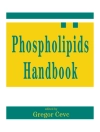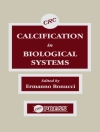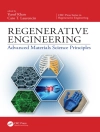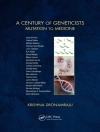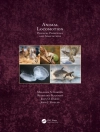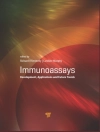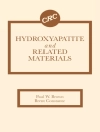Sounds that are actually produced by healthy ears allow researchers and clinicians to study hearing and cochlear function noninvasively in both animals and humans. This book presents the first serious review of the biological basis of these otoacoustic emissions. Active processes, such as those in hair cells that produce emissions, represent a burgeoning and important area of sensory research. By providing a basis for understanding how and why otoacoustic emissions testing works through a basic understanding of general hearing processes, this volume will also interest clinicians, particularly otolaryngologists and audiologists.
Содержание
Otoacoustic Emissions: Concepts and Origins.- Traveling Waves, Second Filters, and Physiological Vulnerability: A Short History of the Discovery of Active Processes in Hearing.- Critical Oscillators as Active Elements in Hearing.- Active Hair-Bundle Motility of the Hair Cells of Vestibular and Auditory Organs.- The Morphological Specializations and Electromotility of the Mammalian Outer Hair Cell.- Active Processes in Insect Hearing.- Otoacoustic Emissions in Amphibians, Lepidosaurs, and Archosaurs.- Otoacoustic Emissions: Basic Studies in Mammalian Models.- Mechanisms of Mammalian Otoacoustic Emission.- Cellular and Molecular Mechanisms in the Efferent Control of Cochlear Nonlinearities.- Cochlear Models Incorporating Active Processes.- Relationships Between Otoacoustic and Psychophysical Measures of Cochlear Function.- Otoacoustic Emissions as a Diagnostic Tool in a Clinical Context.- Future Directions in the Study of Active Processes and Otoacoustic Emissions.



